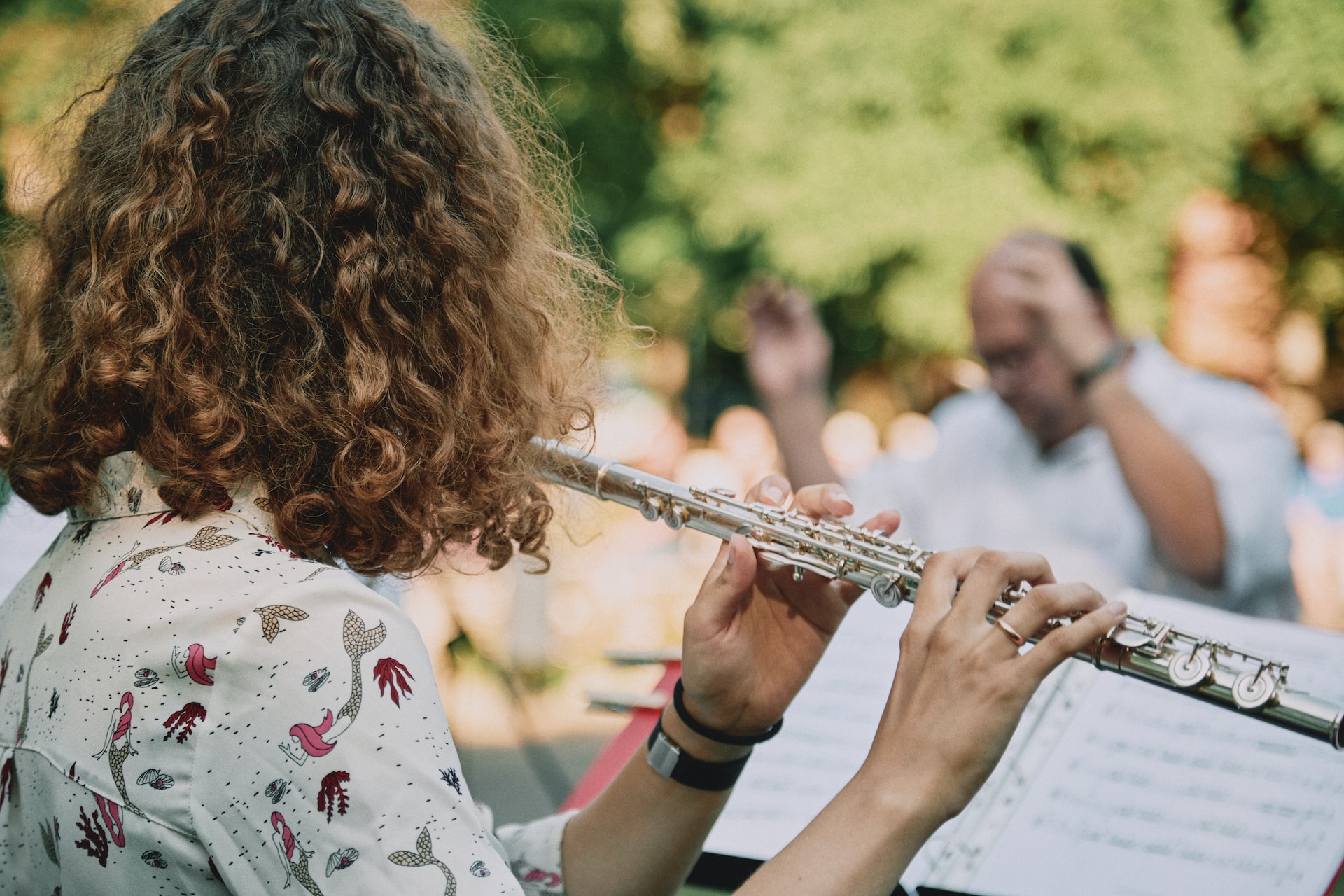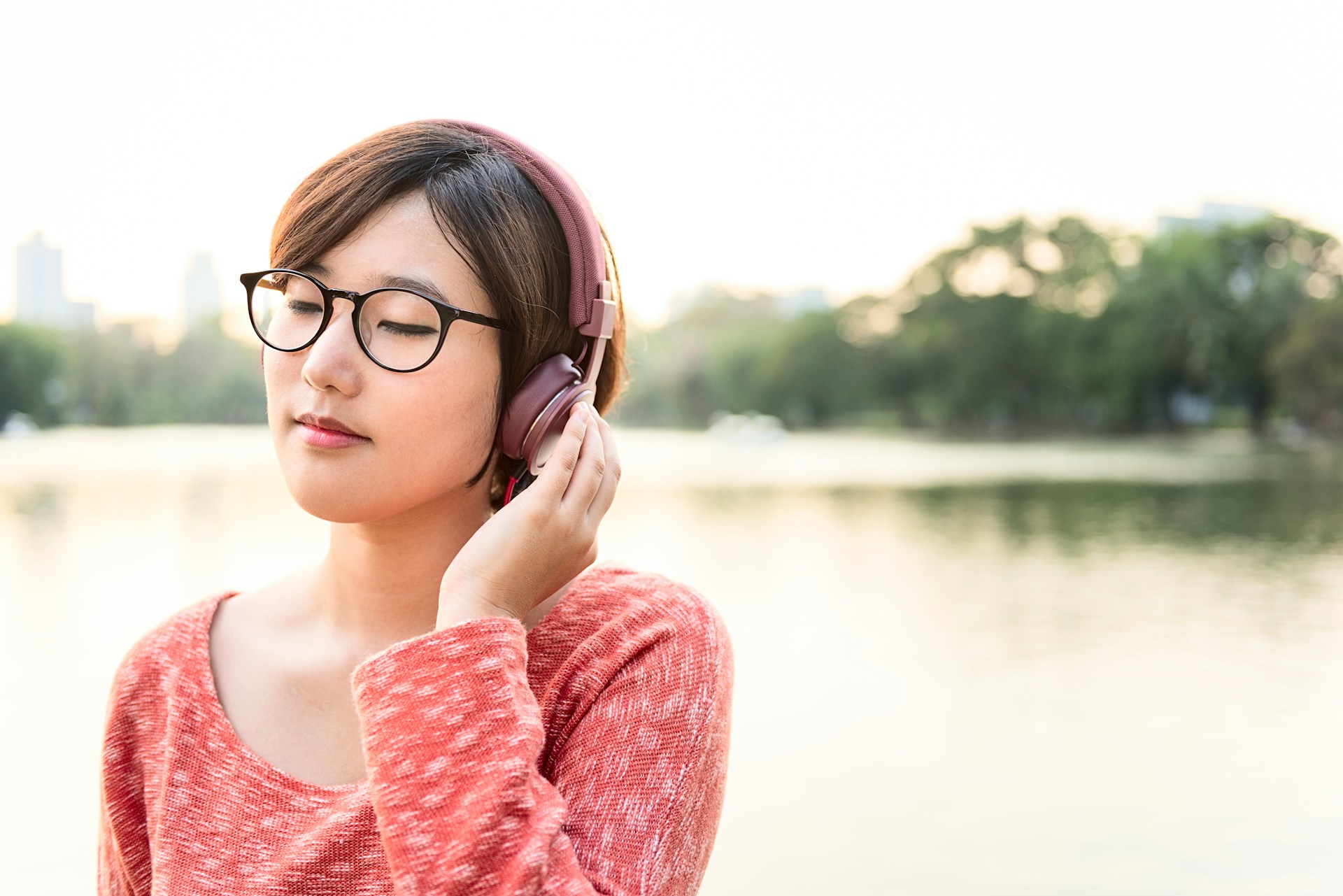Leopold Sr., the father of composer Leopold Mozart, managed and represented his children, including the young composer. Between 1763 and 1773, Wolfgang and his sister Nannerl performed in more than 40 cities across Europe and the Mediterranean, including Vienna, London, Amsterdam, and Naples. It’s safe to say that by the time he turned 25, Wolfgang Amadeus Mozart had spent most of his life touring.
Notes From His Early Career
In September 1777, at the age of 21, he set out from Salzburg intending to find steady employment in one of Europe’s major towns, in contrast to his former journeys, which he had undertaken purely for educational and performing purposes.
For that purpose, he moved to Paris in the early 1778 and began teaching and composing for hire to support himself while searching for a well-paying musical position in the capital. He wrote Concerto for Flute and Harp in April.
Music for Flute and Harp Composition
The youngest daughter of the Duke of Guînes, Marie-Louise-Philippine Bonnières, had been taking composition lectures from Mozart. The duke commissioned Mozart to write a concerto so that he might play it with his daughter, who plays the harp.
Until then, the harp had not been included in most orchestras. In his harp concerto, Mozart wrote for the instrument in the style of a plucked piano. The fact that he once championed novel wind instruments like the clarinet and glass harmonica makes this all the more perplexing. Modern concert harps didn’t appear until 1810, though.
How He Felt About the Flute and Harp
If Mozart had mixed sentiments about the harp, he was slightly more enthusiastic about the flute. After writing a few pieces for chamber ensemble and solo flute in 1778, including this one, the composer forever abandoned the flute as a solo instrument.
On the other hand, the duke had recently returned from London with a brand new six-keyed wooden flute. Mozart appears to have used the better intonation and dynamic range given by these instruments, which were a significant upgrade over the four-keyed instruments that were previously standard in Paris.
The Concerto for Flute and Harp
Throughout the composition, Mozart skilfully navigates the technical challenges given by an instrumental combination for which he had never written before. Without ever calling attention to himself, he maintains a seamless equilibrium between the more subdued solo instruments and the more boisterous orchestral elements.
The concerto is composed in the style of Mozart’s previous concerti from this period, although written with unusual instrumentation. The first of the three movements is an upbeat Allegro in C major. Following the conventions of sonata form, the piece opens with a statement of the two main themes that will be elaborated upon later.
The second section is much airier in feel. The flute and harp retain nearly sole control of the melody in this section, passing it back and forth smoothly while being backed only by the strings, in contrast to the first movement, in which the solo instruments banter with the orchestra in a lighthearted dialogue.
After a brief intermission, the orchestra returns to the spotlight and plays the upbeat rondo conclusion. Before ending with a cadenza, the harp and flute take us through some of Mozart’s most endearing melodies. The orchestra then joins them for a final, rousing reprise of the rondo’s opening theme, which is a fitting climax to the performance.
Conclusion
The harp and flute were two essential instruments in Mozart’s music. They both had a significant impact on his style of composition. The harp was particularly important in his early years when the French style of music influenced him. On the other hand, the flute became more important later when Mozart began experimenting with different music genres.
The blending of the two gave birth to numerous classical pieces that we still enjoy to this day. Besides listening to them for entertainment, they also serve as inspirational music when we want to listen to ourselves deep within.
Prayer and meditation music provided by Prayer Pray is ideal for those times when you feel the need to be alone with God. It was established by a group of Christians who were committed to disseminating a message that emphasized happiness, harmony, and love. We hope that you will listen to our music and share the love with others, no matter what your beliefs may be. Let’s play our favorite playlists and relax in His Presence!




